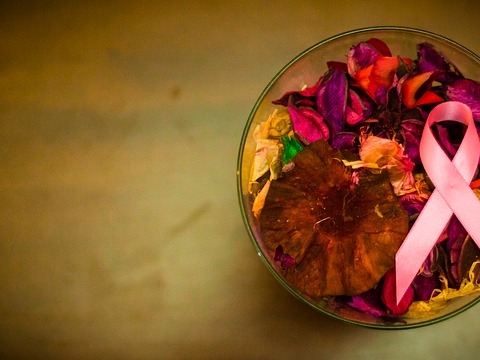A structural change in a gene that leads to a sudden and stable alteration in the genotype of a cell, virus, or organism. It is a heritable change in the genome of a cell, a virus, or an organism apart from that induced through the incorporation of “foreign”DNA. It represents an alteration in the base sequence of DNA. Germ cell mutations may be inherited by future generations, whereas somatic cell mutations are inherited only by the progeny of that cell produced through mitotic division. A point mutation is an alteration in a single base pair. Mutations in chromosomes may be expressed as translocation, deletion, inversion, or duplication.
[wp_ad_camp_1]
How mutation occurs: an illustration
Once the gene has been damaged or changed the mRNA transcribed from that gene will now carry an altered message.
The polypeptide made by translating the altered mRNA will now contain a different sequence of amino acids. The function of the protein made by folding this polypeptide will probably be changed or lost. In this example, the enzyme that is catalyzing the production of flower color pigment has been altered in such a way it no longer catalyzes the production of the red pigment.
No product (red pigment) is produced by the altered protein.
In subtle or very obvious ways, the phenotype of the organism carrying the mutation will be changed. In this case the flower, without the pigment is no longer red.
Further Reading: External Links
[1] What is a gene mutation and how do mutations occur?
[2] Mutation
[3] What is a Mutation?








